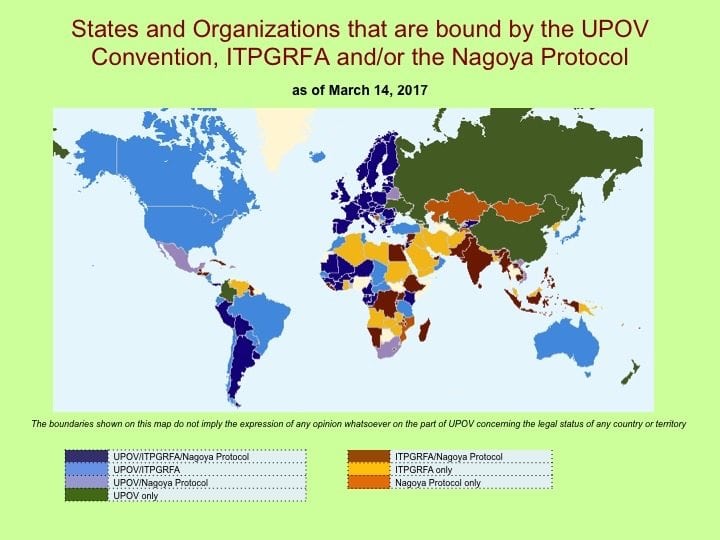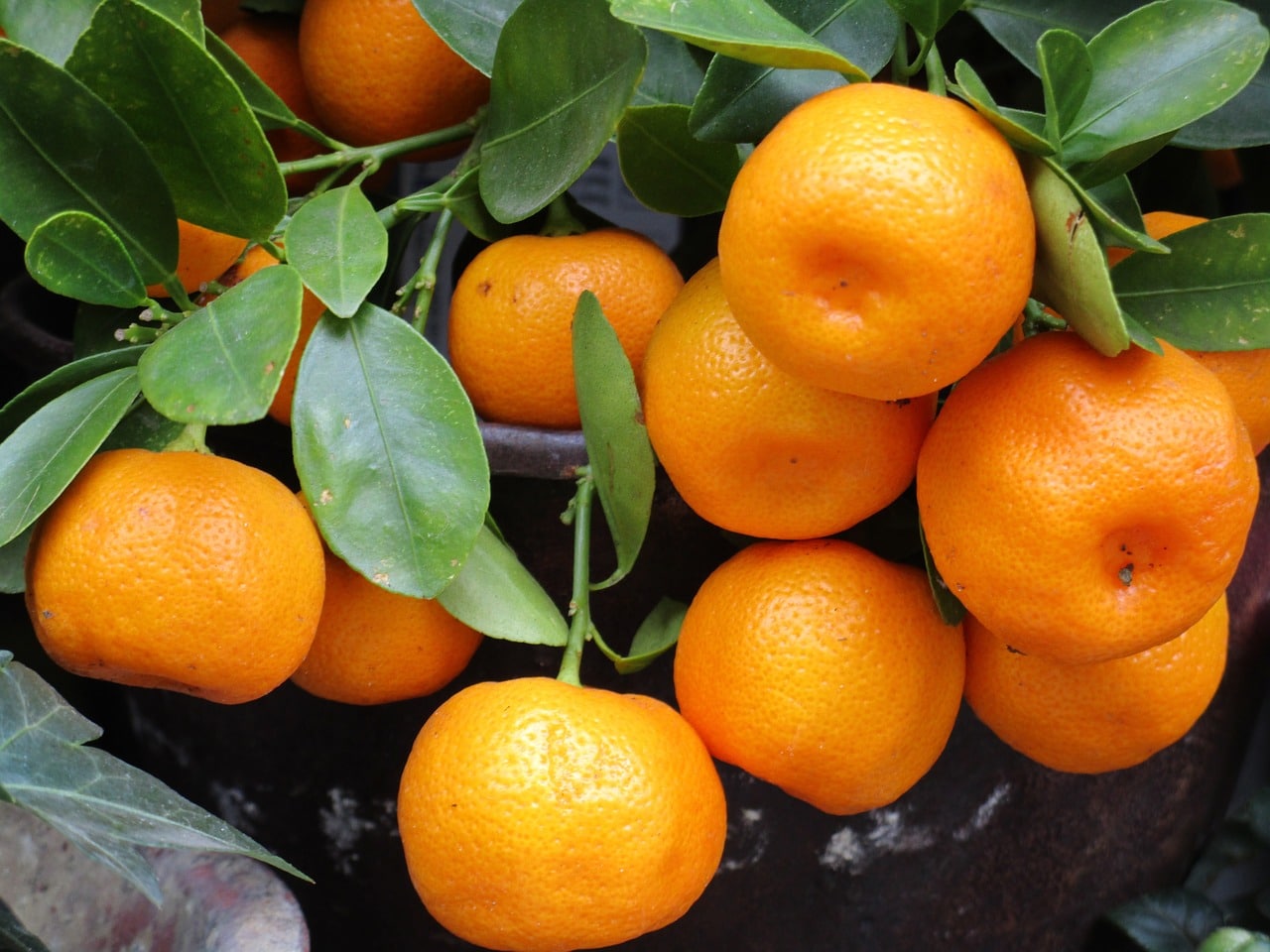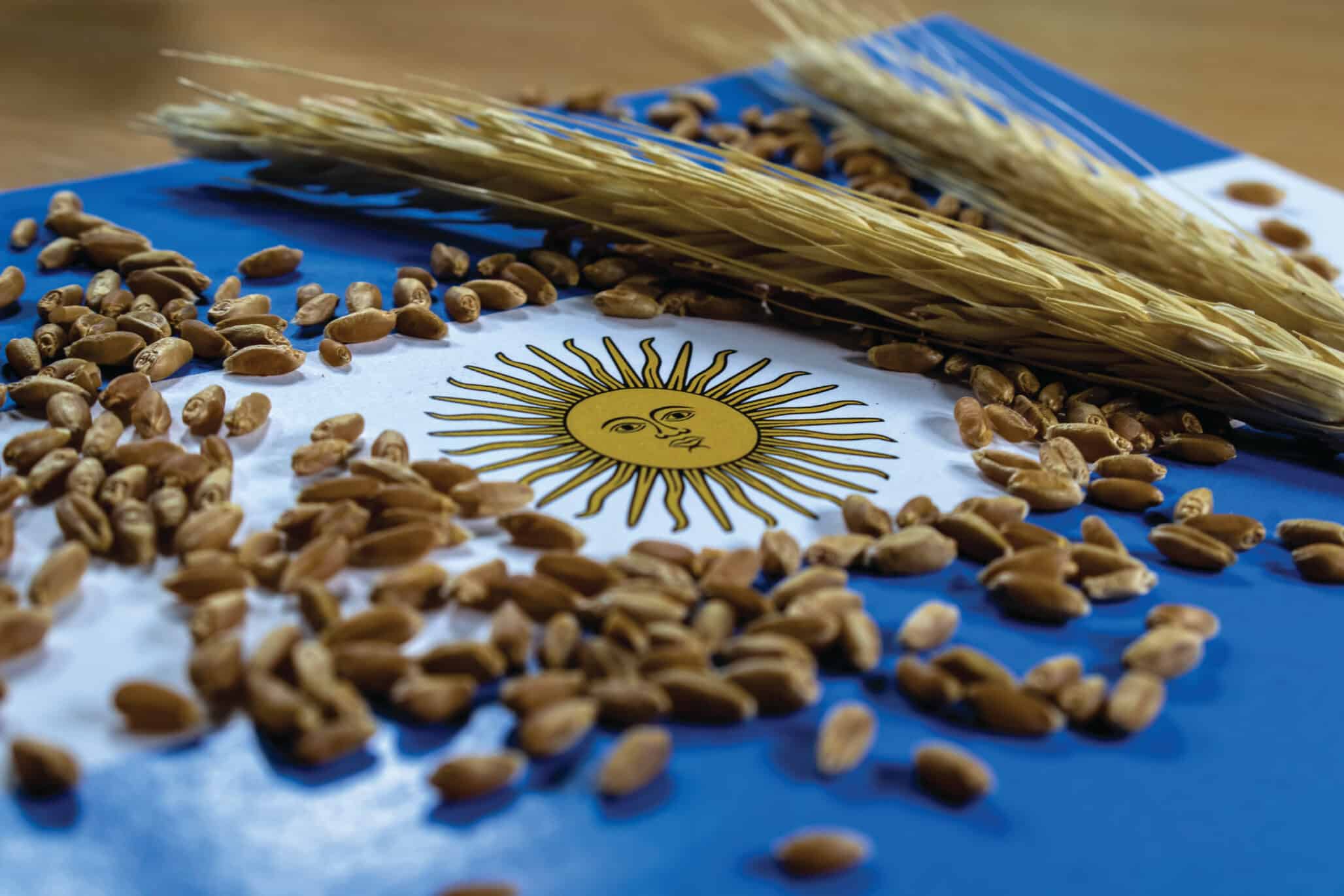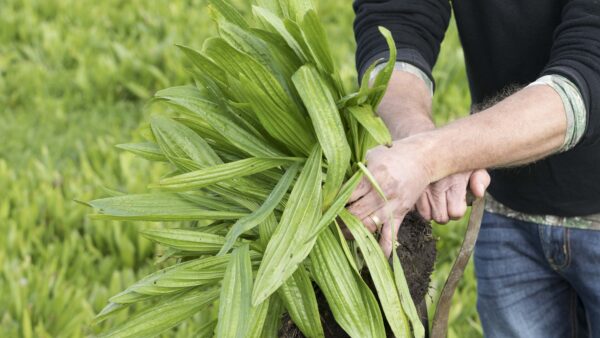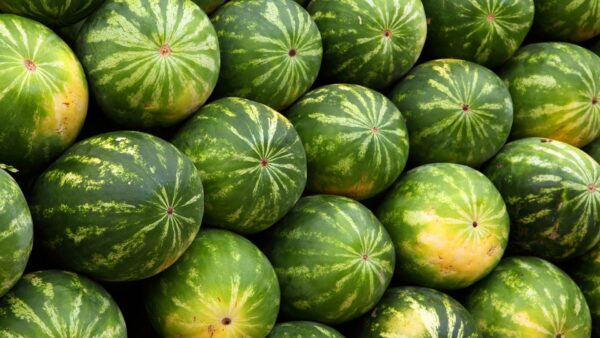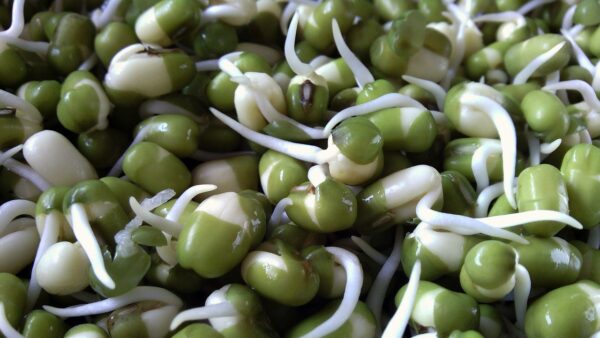Farmers’ Rights and Breeders’ Rights: according to some, these two are in a deep conflict with each other. According to others, they are like two perfect and complimentary brothers that get along very well. Watching this controversy and some of the strong remarks made by some organizations, European Seed felt it was time to look into this matter and get a better understanding on the perceived conflict.
UPOV
International guidance on plant breeders’ rights is set by the International Union for the Protection of New Varieties of Plants (UPOV), whose mission is to provide and promote an effective system of plant variety protection, with the aim of encouraging the development of new varieties of plants for the benefit of society. Article 15 of the UPOV 1991 Convention outlines the various exceptions by specifying that breeders’ right shall not extend to a) acts done privately and for non-commercial purposes; b) acts done for experimental purposes, and c) acts done for the purpose of breeding other varieties. In the context of this analysis, especially the private and non-commercial use exception and the so-called breeders’ exception, are of importance. The breeders’ exception is a compulsory exception to the UPOV-type plant breeders’ right which provides that all varieties protected by such a right can be freely used for further breeding of new plant varieties by anybody, be it breeders, farmers, public research institutes, gene banks, amateurs or others. The resulting variety can be freely commercialized.
FARMERS RIGHTS
Farmers Rights are laid out in the International Treaty for Plant Genetic Resources on Food and Agriculture (ITPGRFA). According to the Food and Agriculture Organization (FAO), “farmers’ rights are critical to ensuring the conservation and sustainable use of plant genetic resources for food and agriculture and consequently for food security, today and in the future”. This is highlighted in Article 9 of the ITPGRFA, which aims to recognize the contribution the local and indigenous communities and farmers of all regions of the world. In particular, those in the center of origin and crop diversity, have made – and will continue to make, their case for the conservation and development of plant genetic resources that constitute the basis of food and agriculture production throughout the world. With this, the Treaty makes governments responsible for implementing Farmers’ Rights. The Treaty also lists a number of areas where measures could be taken by Contracting Parties at the national level to protect, promote and realize these rights, such as:
- The protection of traditional knowledge relevant to plant genetic resources for food and agriculture;
- The right to equitably participate in sharing benefits arising from the utilization of plant genetic resources for food and agriculture;
- The right to participate in making decisions, at the national level, on matters related to the conservation and sustainable use of plant genetic resources for food and agriculture; and
- The right that farmers have to save, use, exchange and sell farm-saved seed/propagating material, subject to national law and as appropriate.
Set the Stage
In order to assess whether there is indeed a conflict between Farmers Rights and Breeders Rights, a number of clarifications are needed to figure out what is relevant in terms of the various perceptions and misperceptions. In order to properly set the stage, it is important to realize which countries are a member of the UPOV, the ITPGRFA and the Nagoya Protocol (NP). Figure 1 shows the countries of the world and their membership in the three sets of regulations. And it is immediately clear that there is great variation on the level of implementation, with some countries being only a member of UPOV, only a member of the ITPGRFA, only of the NP, and of all the possible variations. This already clearly shows from the beginning that there is great complexity in which set of regulations apply to a certain country.
Figure 1: Overlapping membership of UPOV & the International Treaty
Benefits of plant breeders’ rights
To start off, let’s take a deeper look at plant breeders’ rights. As it is well known, plant breeding is very time-consuming and costly. Investments need to be made upfront as creating a new plant variety often takes seven to 12 years. This also means that the plant breeder needs to have a vision of the desired product more than 10 years ahead of time. It is probably for these reasons that plant breeding has become a very cutting-edge process that quickly takes up new innovations.
The result of plant breeding comes in the form of biological material, i.e. a new plant variety. But unlike other industry sectors, creating a self-reproducing product means this product that takes years of hard labour and high investment can be easily copied. So in order to encourage investments and provide continuous incentives for further innovation in plant breeding, there needs to be a system to ensure a return on investment. These incentives come in the form of plant breeders’ rights. This was already recognized at the beginning of the 1900’s when the first plant breeders’ rights acts were developed in various countries. Plant breeders’ rights are a form of an open-source system where access to the protected material is guaranteed through the so-called breeders’ exemption. Having a fair system for the return on investment has always stimulated quick innovation in plant breeding and has provided numerous benefits to various stakeholders in society.
Consumers and society as a whole benefit from such an arrangement because of the continuous provision of improved, safer, healthier and less expensive food, less environmental harm and better choice of products developed by a diverse breeding industry that is working in healthy competition. Farmers and growers benefit from plant breeders’ rights by having a rich choice from a wide range of new and improved varieties. And everybody involved in the plant breeding sector benefits because they have the possibility to use newly developed improved varieties for further breeding work without any obligations to ask for a license from or pay royalties to the right holder.
This means that the breeders’ exception allows for fast-track innovation by giving free access to the newly developed variety for further breeding, resulting in a reduction of time and resources, as development will be quicker. It also means there is an immediate information and technology transfer. The free availability of new varieties for further breeding allows all the information and technology included in the variety is also readily available for the next developer. The fact that the variety is physically available directly enables technology transfer.
The free availability of these newly developed genetic resources provides the right incentives for their continuous use and is a constant contribution to biodiversity. This open-innovation system also preserves and promotes a diversified breeding industry consisting of a wide range of breeding companies of different size.
The concept of Farmers’ Rights
When thinking about Article 9 and the concept of farmers’ rights as embedded therein, it is important to keep in mind the historical context as outlined above, but it is equally important to observe the structure of the article. Article 9(1) recognizes the enormous and continuous contribution of farmers to the conservation and development of plant genetic resources. This paragraph, in legal terms, does not provide for anything but is rather of a political nature giving credit to the work of farmers over the past centuries and setting the context of the concept of farmers’ rights. It also confirms the approach that seems to crystalize from the historical development of the concept, which the author understands as meaning that farmers’ rights is a tool to enable farmers to continue their important contribution to conservation and sustainable use of plant genetic resources. As such, even though it does not provide for any right, this paragraph is key in understanding the meaning of the other provisions of Article 9.
Article 9(2) [1] provides that Contracting Parties should take measures to promote and protect farmers’ rights and lists the following as being part of the concept of farmers’ rights: (a) protection of traditional knowledge relevant to PGRFA; (b) the right to equally participate in sharing benefits arising from the utilization of PGRFA; (c) the right to participate in making decisions, at the national level, on matters related to the conservation and sustainable use of PGRFA. From this text it appears that measures to implement these elements of farmers’ rights were seen by the Contracting Parties as most important in achieving an effective realization of such rights. The list however is not exhaustive,[1] as measures in other areas that may relate to farmers’ rights may also be relevant in implmenting this concept. This is important to bear in mind when analysing the effectiveness of implementation in the different countries and when looking at the interrelations with breeders’ rights. Regarding Article 9(2) it also has to be underlined that the introductory text of the paragraph clearly sets the scene, which is that implementing farmers’ rights is a responsibility for national governments and thus, must be adapted to the national needs, priorities and realities. Again, ignoring this context may easily lead to a false analysis of the concept of farmers’ rights and its interrelations with breeders’ rights.
Finally, there is also Article 9(3) which states that “[N]othing in this Article shall be interpreted to limit any rights that farmers have to save, use, exchange and sell farm-saved seed/propagating material, subject to national law and as appropriate.” When looking at Article 9, it cannot be ignored that Article 9(3) appears in a negative formulation as opposed to the positive and enabling formulation of Article 9(2). It is the understanding of the author that placing the element of the right to save, use, exchange and sell farm-saved-seed in a paragraph separate from paragraph 2 does not mean that this element is not part of the rights that national governments should consider when realizing farmers’ rights. However, it is clear that it is not listed among the elements in respect of which Contracting Parties should take measures to promote and protect. On the contrary, from the text of Article 9(3) it appears that this right is considered to exist and to be implemented in national laws, as appropriate. The level of action required from Contracting Parties to implement the different elements of farmers’ rights is not the same in Article 9(2) and Article 9(3) since the latter does not require Contracting Parties to proactively take measures.
Interrelations
So plant breeders are faced with two conventions with two different sets of objectives. On the one hand there is UPOV, which seeks to encourage the development of new plant varieties for the benefit of society. On the other hand there is the ITPGRFA, which is aiming for the conservation and sustainable use of PGRFA and access and benefit sharing.
When looking at the impact of UPOV, it is clear that a system as created by UPOV underpins the goals of the Treaty by stimulating plant breeding, leading to conservation and sustainable use. It also brings considerable benefits to farmers and growers via the breeders’ exemption, and it boosts availability of modern varieties to the farmer.
If we then explore the areas of interrelation between Farmers’ Rights as provided for in Article 9 of the Treaty and breeders’ rights, we have to look at the different elements of Farmers’ Rights one by one. The first one to look at is the protection of traditional knowledge, which is an area where UPOV has no relevance. The second element is the right to participate in benefits sharing and this is where the breeders’ exemption has a clear relevance. The breeders’ exemption, through all the features as described above, provides important benefit sharing in itself. Regarding the participation element, we notice that the Treaty context is very precise and refers to national level, where UPOV has no direct influence. Nevertheless, it should also be noted that participation of farmers in decision-making at the UPOV level is ensured. This right, by the way, is very central and important for the realization of Farmers’ Rights since it is a key element also to achieve the other elements of Article 9.
Last, the right to save, use, exchange and sell farm-saved-seeds. This is perhaps the most criticized element where alleged conflicts between farmers’ Rights and breeders’ rights are quickly identified.
We should not forget the statements in the Treaty text according to which “Nothing in this Treaty shall be interpreted as implying in any way a change in the rights and obligations of the Contracting Parties under other international agreements‚Ķ The Contracting Parties agree that the responsibility for realizing Farmers’ Rights, as they relate to plant genetic resources for food and agriculture, rests with national governments.”
So, it is clear that it is useful to make such an analysis to create a common understanding of the various concepts and contexts. But it should also be noted that there are no a-priori conflicts between the two regulations examined. When countries implement these two instruments, it needs to be done according to national needs and realities, as there is no one size fits all solution. Countries must focus on balanced ways of implementing the obligations under both regulations and reflecting their own national situations.
Editor’s Note: This article is based on a presentation made by Szonja Cs√∂rg≈ë during a recent Symposium on possible interrelations between the IT PGRFA and the UPOV Convention. Szonja Cs√∂rg≈ë is Director IP & Legal Affairs of the European Seed Association.
[1] Article 9 paragraph 2 states that Contracting Parties should “take measures to protect and promote Farmers’ Rights, including: [‚Ķ]” where the word “including” indicates that there can be other elements to farmers’ rights that Contracting Parties consider important to take measures to protect and promote.



